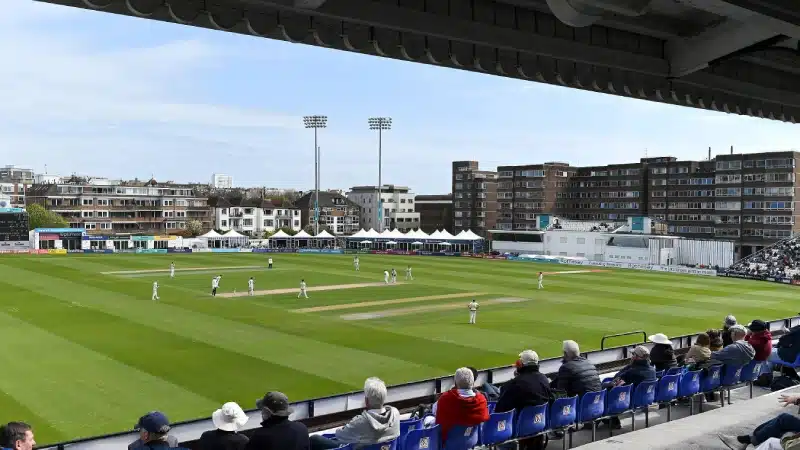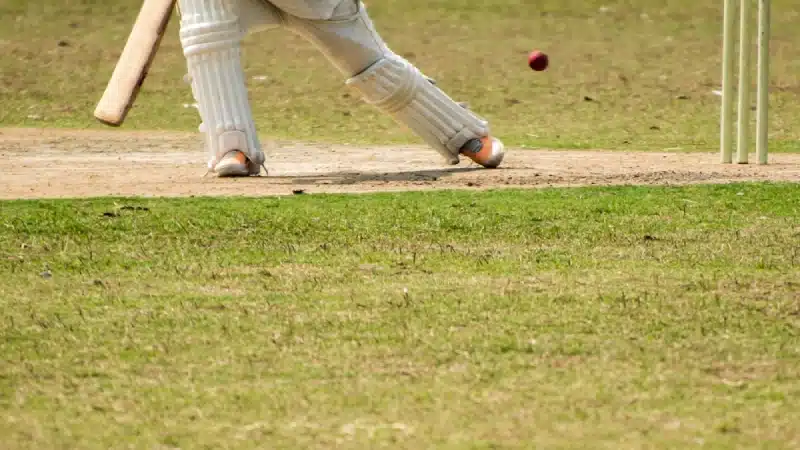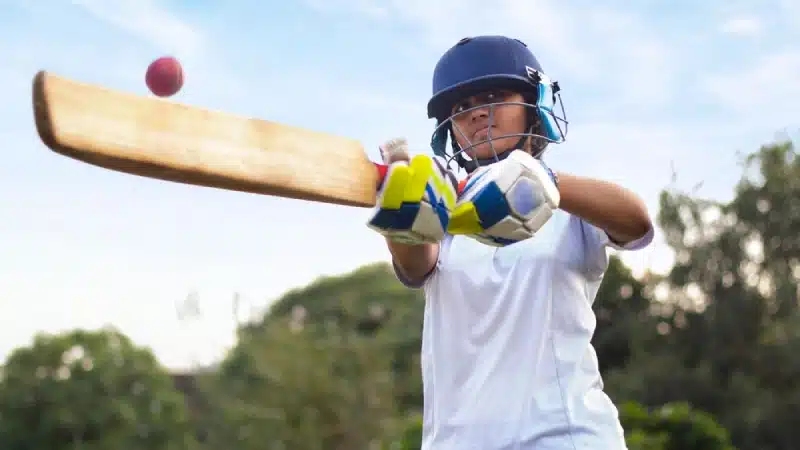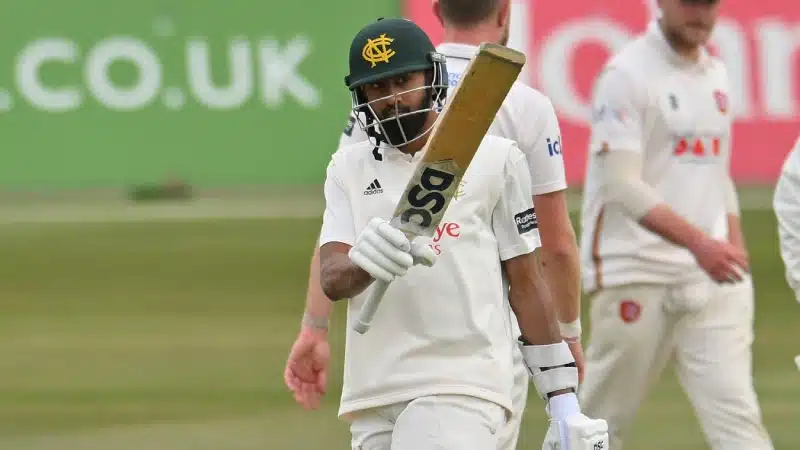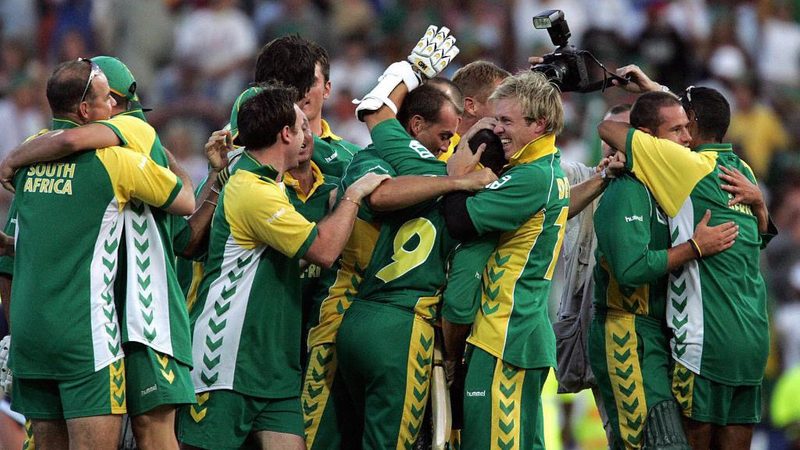
On March 12, 2006, South Africa registered the highest run chase in One Day International (ODI) cricket by scoring 438 runs to hunt down Australia’s mammoth 434.
The 438 Game, as it is fondly remembered, was the series-decider between the two cricketing powerhouses after South Africa won the first two ODIs and world champions Australia bounced back to level the series 2-2.
#OnThisDay in 2006... the greatest ODI of all time?
After Ricky Ponting's 164 led Australia to 434/4 - the first 400+ score in an ODI - @hershybru made 175 as South Africa chased it to win by one wicket with one ball remaining in Johannesburg and take the series 3-2! pic.twitter.com/YLdewhUF9Q
— ICC (@ICC) March 12, 2019
Australia smash 434
Having won the toss in the ultimate match of the series, the Ricky Ponting-led Australia team scored a world record score of 434/4 in its first innings, thanks to a 164-run knock from their skipper.
It was the then highest total in ODI cricket, albeit for a short time.

During the innings break, the visitors were in a jubilant mood and their shrieks of joy seeped through the walls of the Proteas dressing room. It looked as if they were predicting a one-sided contest in the encounter.
Meanwhile, several empty seats had surfaced during the break and it was very difficult to predict whether the crowd had left to grab a snack, or if they’d left for good.
On the other hand, South Africa were visibly shocked. However, It wasn’t until their star all-rounder Jacques Kallis chipped in with a few words to get the other players out of their shells.
“OK, guys, I think the bowlers have done their job. Now it’s up to the batsmen. They’re 15 runs short; this is a 450-wicket,” Jacques Kallis said something to that effect.
“Suddenly there was a lot of laughter and plenty of swearing, but at least it wasn’t bottled up inside. We had nothing to lose. What the hell — let’s give it a go. Before that moment, I don’t believe anybody would have even talked about trying to win. It seemed too ridiculous,” Mark Boucher, wicket-keeper at the time, wrote in his autobiography ‘Bouch: Through My Eyes’.
Hungover Herschelle in top gear
The previous record for the highest run chase in ODI cricket was held by New Zealand, who scored 332 against Australia.
But to even get close to the gigantic total on the scoreboard in this match, South Africa had to do something never done before.
And, with this thought, the hosts came out swinging.
After losing Boeta Dippenaar in the second over, South Africa captain Graeme Smith (90) and Herschelle Gibbs (175) stitched an incredible 187-run stand for the first wicket partnership to help the hosts reach 200 in just the 24th over, with eight wickets still in hand.
Herschelle Gibbs later revealed in his autobiography 'To the Point: The No-Holds-Barred Autobiography' that he was hungover after he drank a lot the night before the game.

Interestingly, the former opening batsman was nearly deemed unfit to play in that South Africa vs Australia epic ODI match because of his drinking. In fact, former Australian cricketer Michael Hussey had made a mention of this incident in his book as well.
“We were staying at the same hotel as the South Africans and we went out for dinner quite early, and Herschelle was just sitting in the bar. He was well on his way then, and when we came back two hours later, he was still sitting in exactly the same spot, and he was all over the place,” Michael Hussey wrote about the South Africa match.
“That was at about 10 o'clock. And I remember before going to bed, looking down from my floor and he was still down there, yelling and screaming and calling out stuff. At least he was a free wicket,” Hussey added.
It was not to be. Herschelle Gibbs’ 175 was his highest score in ODI cricket. However, Australia removed Gibbs, AB de Villiers (14) and Jacques Kallis (20) in quick succession to move into a dominant position in the series-decider.
South Africa complete the highest run chase in ODIs
The Rainbow Nation still needed over 100 runs off just 13 overs with a required run-rate of eight runs per over. And this was before the advent of T20 cricket.
Any hopes of a miracle rested on South Africa wicket-keeper batsman Mark Boucher who took over the mantle after Herschelle Gibbs was dismissed.
While the runs kept coming, South Africa lost wickets at regular intervals until Makhaya Ntini was the last man to walk in.
Most South Africa players swore that they saw their pace spearhead shaken on the day. “Seriously, I was watching a black man turn white. I walked over to meet him and his eyes were all over the place,” recalled Mark Boucher.
Mark Boucher smashed the winning runs off Brett Lee as South Africa created history by chasing down the mammoth target of 435 with a wicket in hand and a ball to spare.

“When Brett was running into me, I was just thinking about how we'd played the whole game with no fear so I'm not going to fear anything now,” Mark Boucher had said in an interview to Cricket Australia.
“Michael Clarke was at mid-on, but he was very close in to save the single. Knowing the Wanderers wicket, if you get anything full and I saw it early enough, I was going to try and pop it over the top. It only needed a half hit to get it over the top,
“it wasn't like I was trying to hit the ball for six. I just had to keep my shape and back myself to do it. And thankfully it worked,” the former South African international added.
#OnThisDay in 2006, @hershybru helped South Africa chase down Australia's mammoth target of 435 with a diligent 175 in Johannesburg. pic.twitter.com/bD16rfmHQb
— ICC (@ICC) March 12, 2018
South Africa became the first team ever to successfully chase above 400 in ODI history. Their score of 438/9 still stands as the highest second innings total posted by any team in the 50-over format.
Currently, England hold the record for the highest ODI total in history as the Eoin Morgan-led side had posted 481/6 against Australia at Trent Bridge in Nottingham on June 19, 2018. The hosts had thrashed the Aussies by 242 runs in the encounter.
But the record for the highest run chase in ODI cricket still belongs to South Africa.
Feature photo: Twitter/ICC












